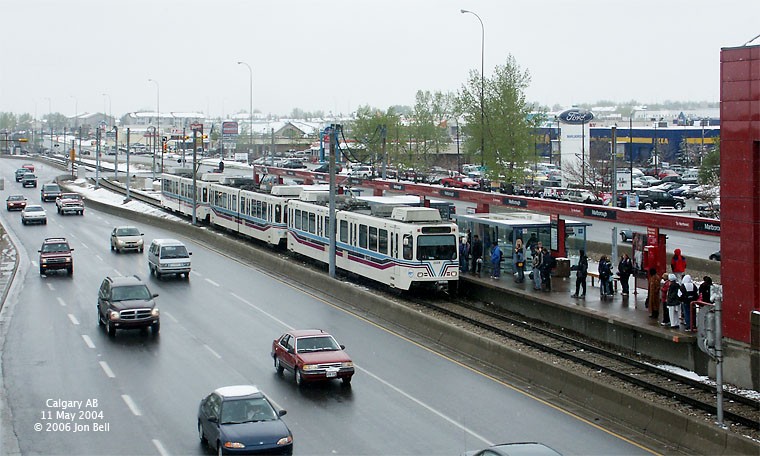Michigan lefts occur at intersections where at least one road is a divided highway or boulevard. Left turns onto—and sometimes from—the divided highway are prohibited. In almost every case, the divided highway is multi-laned in both directions.
When on the secondary road, drivers are directed to turn right. Within a 1/4 mile (400 m), they queue into a designated U-turn (or cross-over) lane in the median. When traffic clears they complete the U-turn and go back through the intersection. For additional safety purposes, the U-turn lane is designed so traffic only flows through it one-way.
Similarly, traffic on the divided highway cannot turn left at an intersection with a cross street. Instead, drivers are instructed to overshoot the intersection, go through the U-turn lane, come back to the intersection from the opposite direction and turn right.
When vehicles enter the cross-over lineup, unless markings on the ground indicate two turning lanes in the cross-over, drivers are to line up single file. A cross-over with two lanes is usually designated at high volume cross-overs, or when the right most lane is proceeding forward to an intersecting street. In this case, the right most lane is reserved for vehicles completing the Michigan Left. Most cross overs must be made large enough for semi-trailer trucks to complete the cross over. This large cross-over area often leads to two vehicles incorrectly lining up at a single cross-over.







